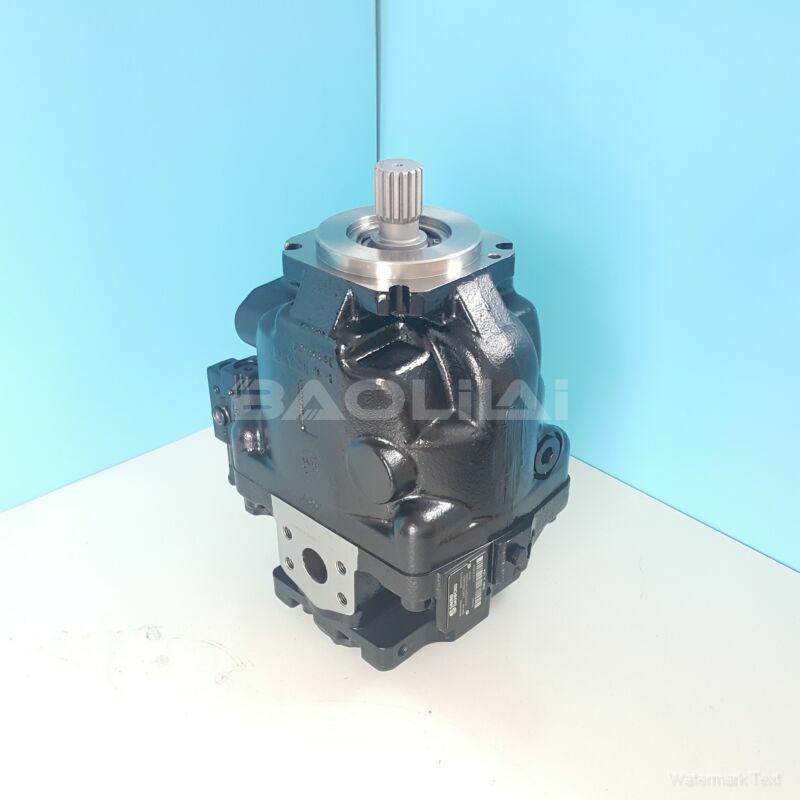ERL147CPC25NNNNN3K5NLA1NAAANNNNNN hydraulic pump
ERL147CPC25NNNNN3K5NLA1NAAANNNNNN hydraulic pump

- Product Details
- Applicable Scene
Regular Maintenance: Implement a routine maintenance schedule that includes inspection and replacement of worn components. Addressing issues like worn impellers or damaged seals can significantly improve performance stability.
ER-L-147C-PC-25-NN-NN-N-3-K5NL-A1N-AAA-NNN-NNN
ERL147CPC25NNNNN3K5NLA1NAAANNNNNN
Control System Enhancement: Invest in advanced control systems that utilize real-time data to adaptively respond to fluctuations in flow rate. Techniques such as feedback control and predictive algorithms can stabilize output and improve efficiency.

7000614
Cavitation Prevention: Design the hydraulic system to avoid conditions that lead to cavitation. This may involve increasing suction pressure, using anti-cavitation devices, or adjusting the pump’s operating conditions.
Fluid Quality Monitoring: Regularly evaluate the properties of the hydraulic fluid. Keeping the fluid clean and maintaining its viscosity within optimal ranges can help prevent flow instability.
Piping Design Optimization: Analyze the existing piping layout for potential improvements. Reducing the number of bends or transitions, using larger diameter pipes, and minimizing obstructions can greatly enhance flow stability.
Implement Accumulators: Incorporating hydraulic accumulators into the system can help absorb pressure fluctuations and provide a buffer during sudden changes in flow demand. This can smooth out the delivery of hydraulic fluid and maintain stable operation.
Adjust Operating Conditions: Regular monitoring and adjustment of operational parameters such as pump speed and load conditions can help maintain a consistent flow rate. Automation techniques such as variable frequency drives (VFDs) can provide greater control over pump performance.
Conclusion
Addressing hydraulic pump flow rate instability in complex systems requires a multi-faceted approach that combines careful analysis, design considerations, and ongoing maintenance. By optimizing pump selection, enhancing control systems, and improving system layouts, industries can significantly mitigate the risks associated with flow instability. Continuous monitoring and iterative improvements will lead to more reliable and efficient hydraulic system operation, ultimately resulting in better performance and reduced costs.





